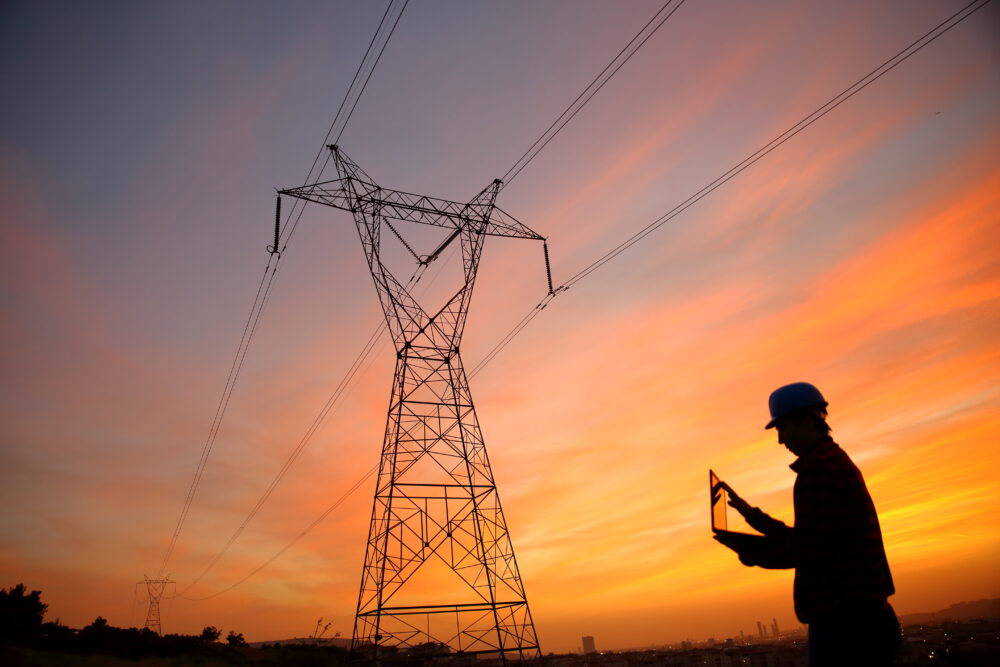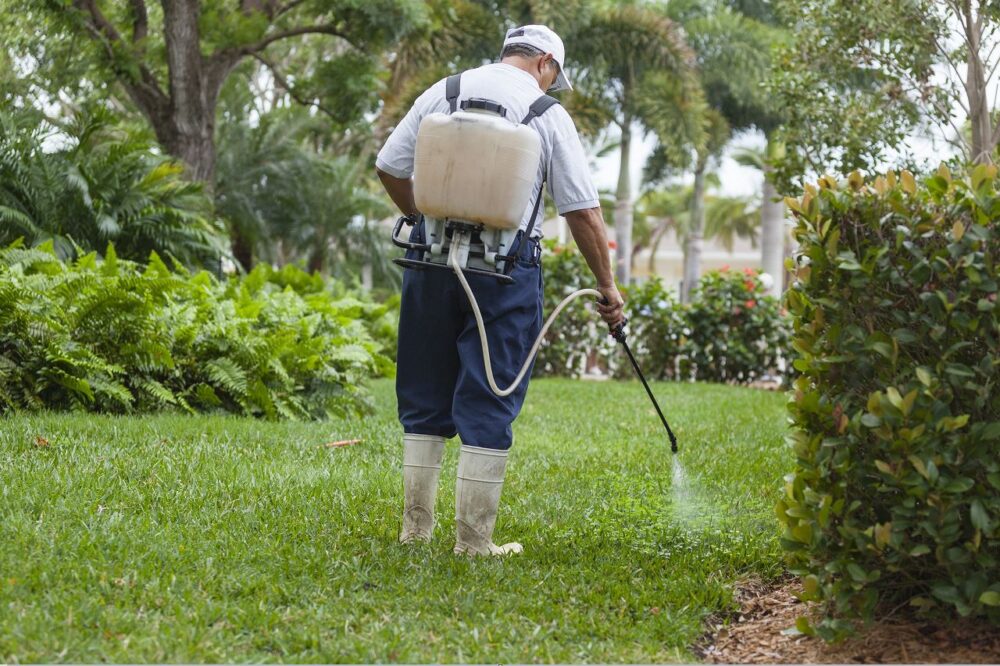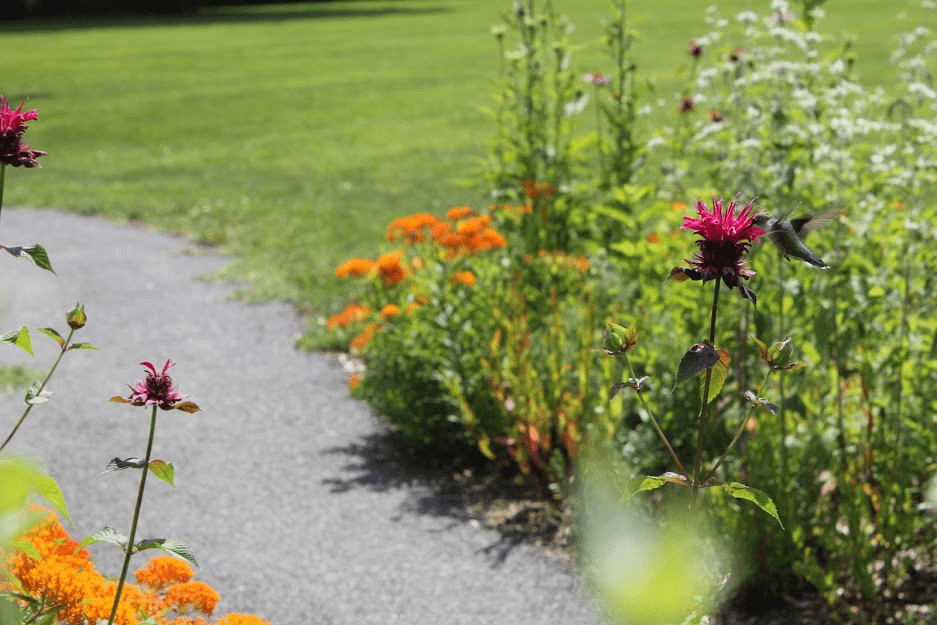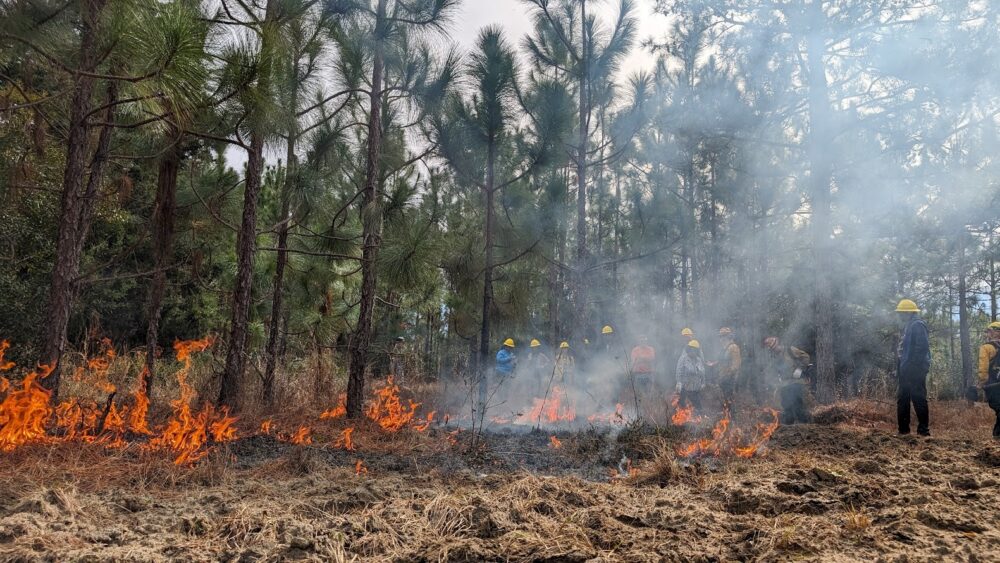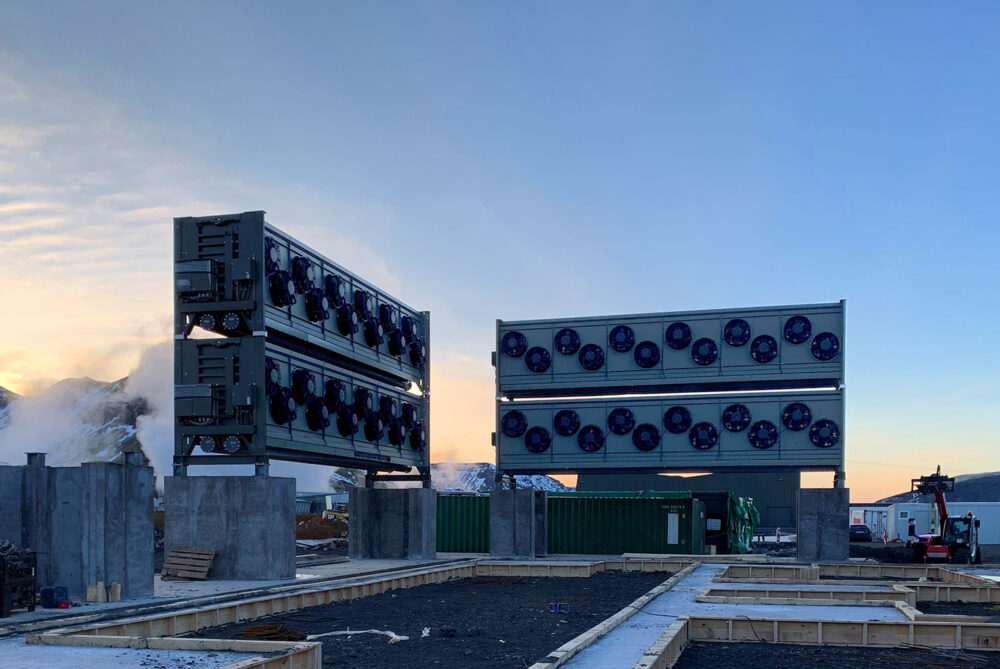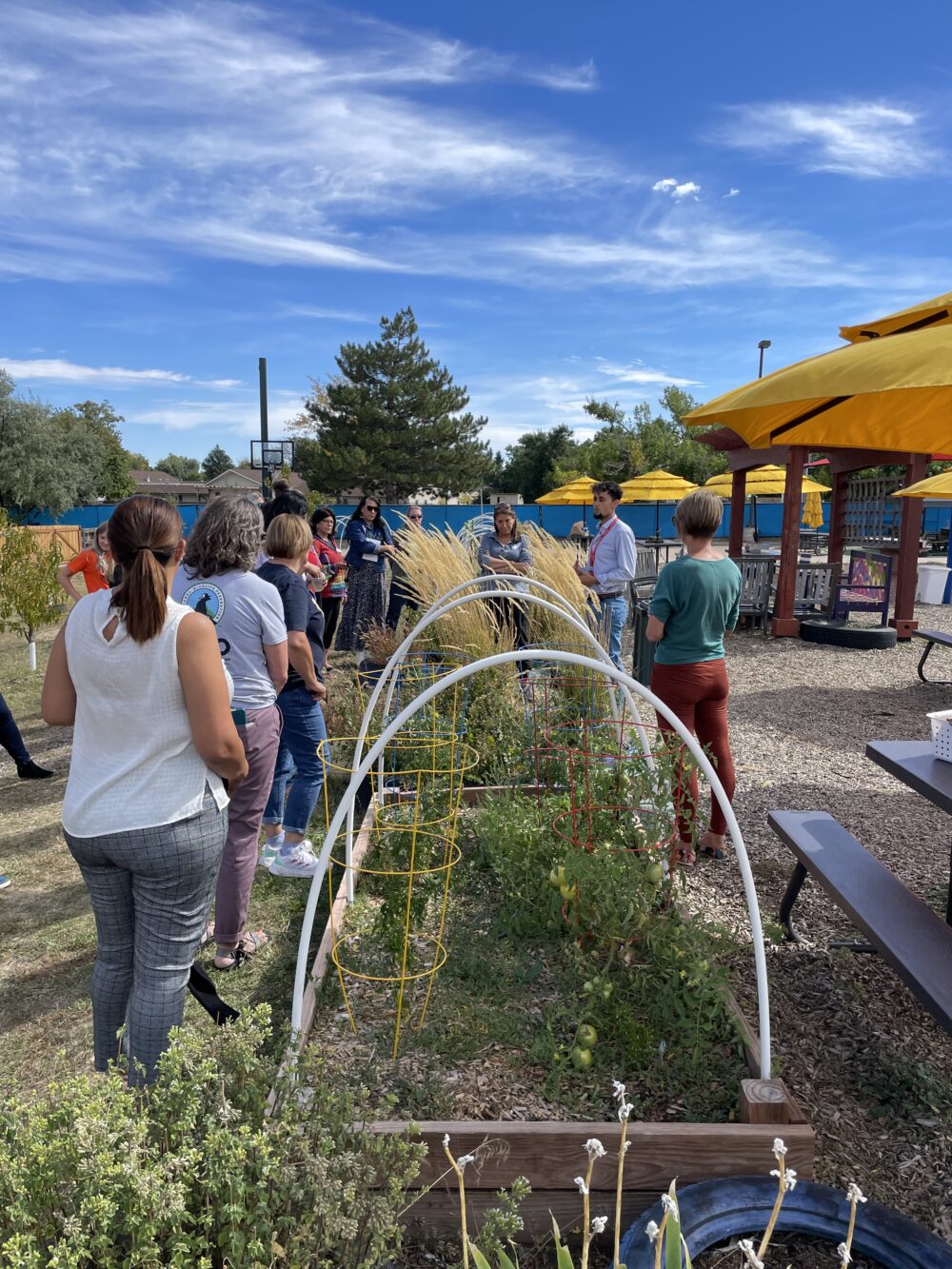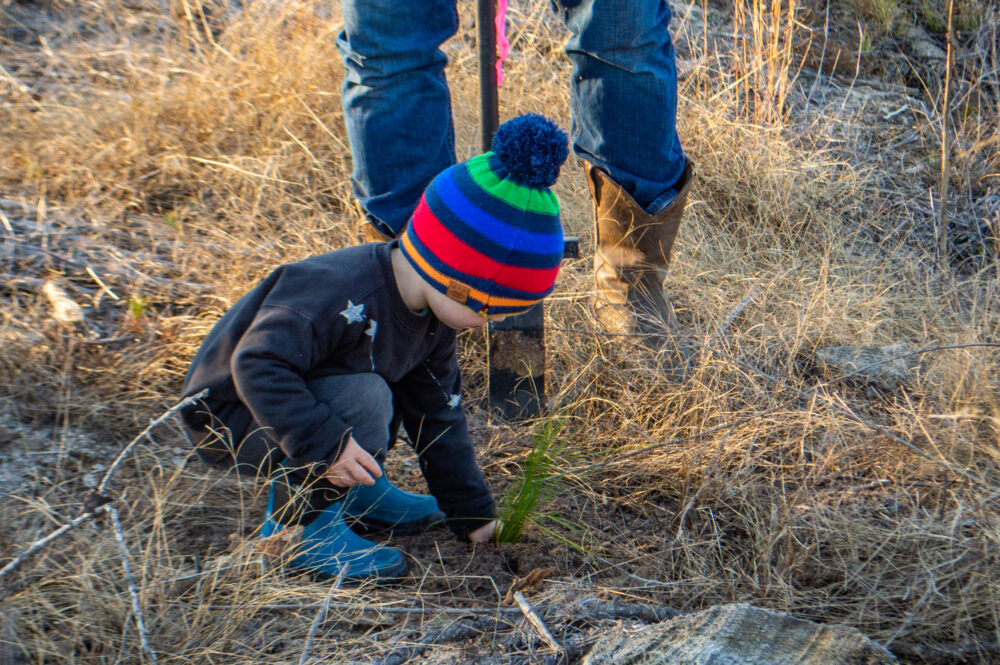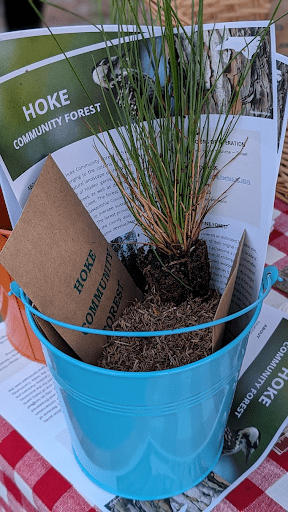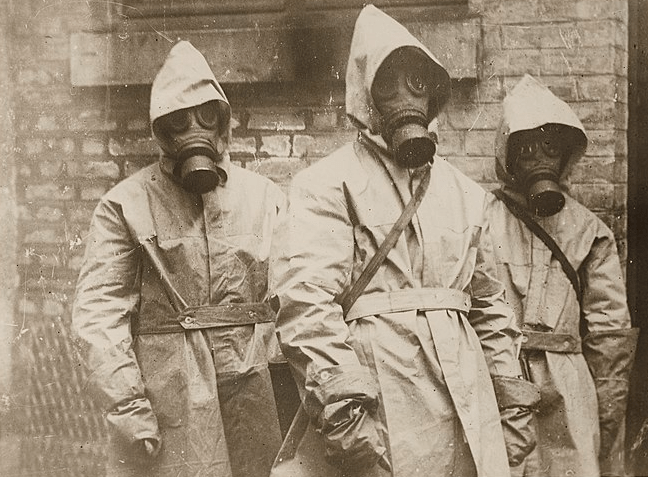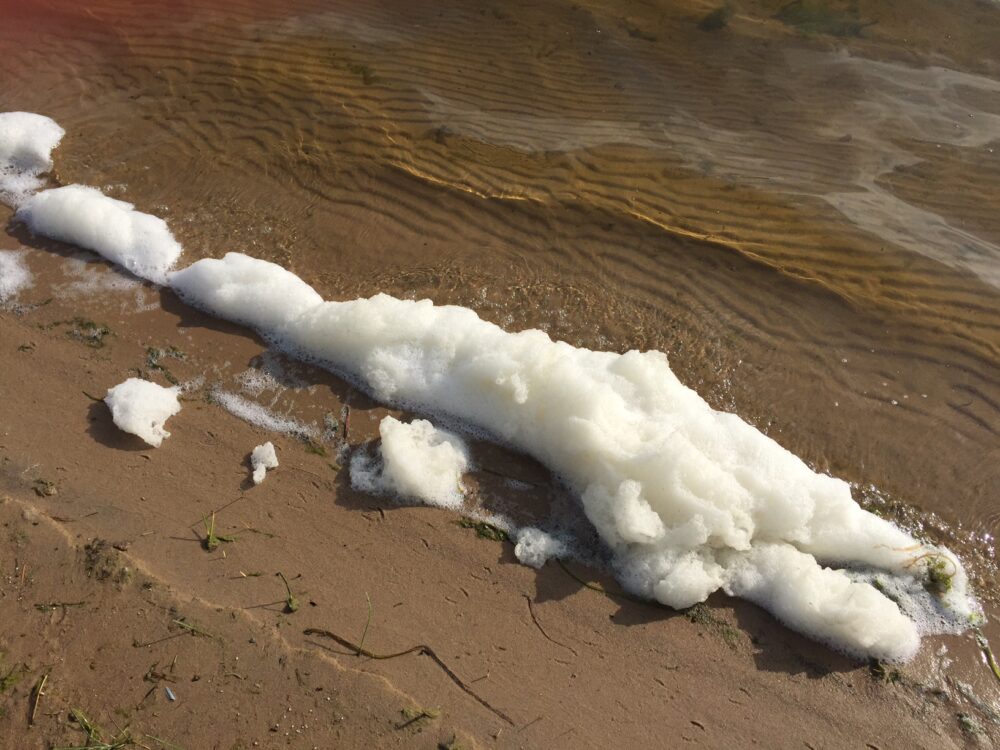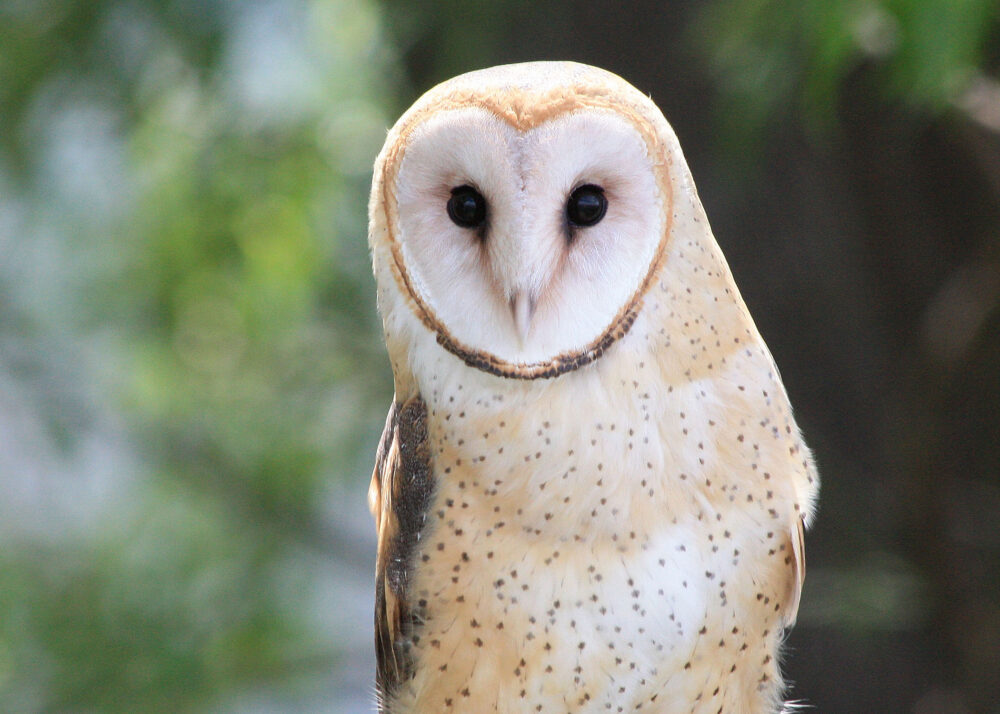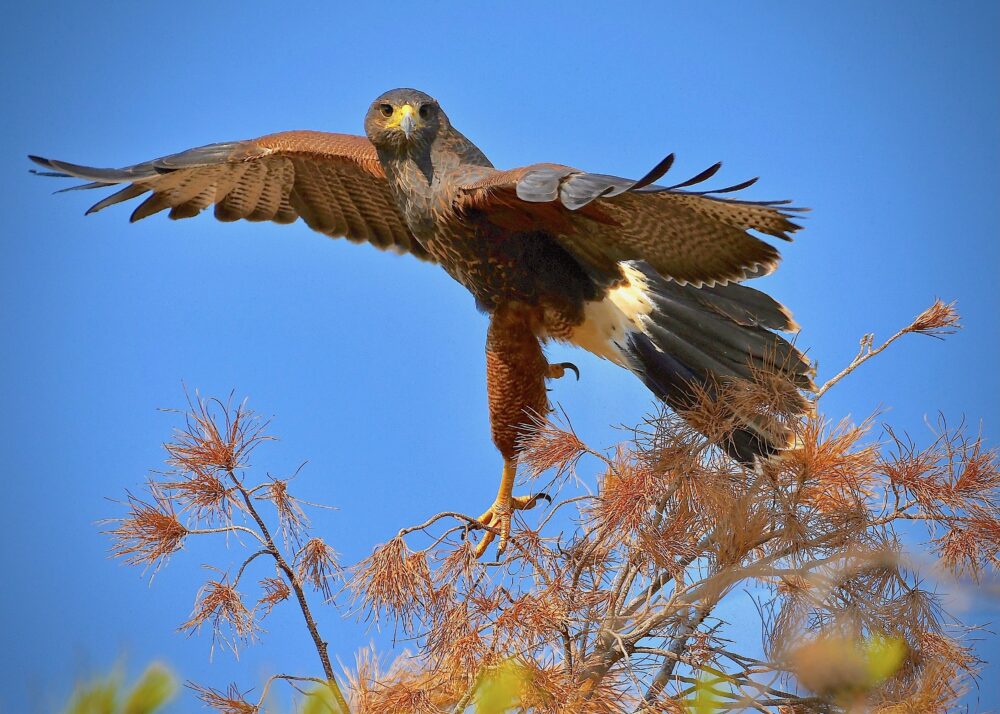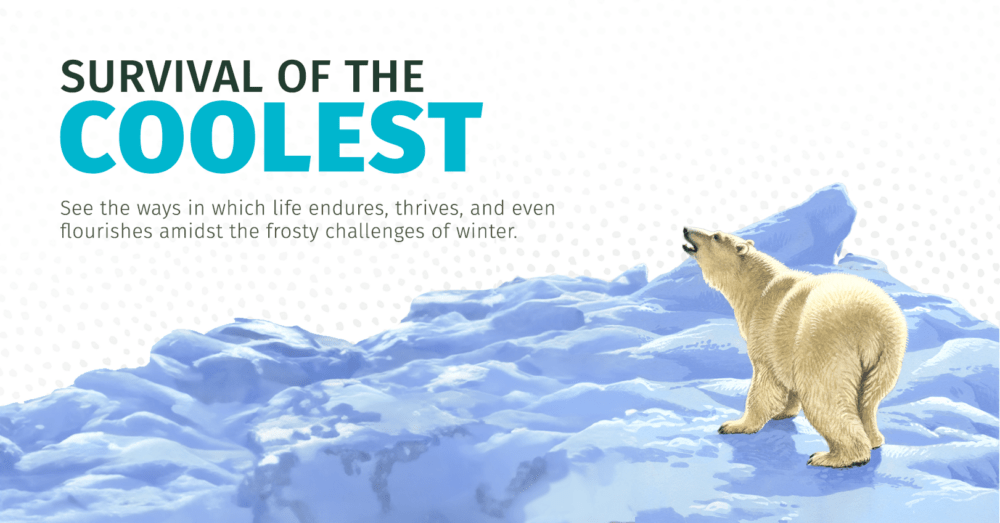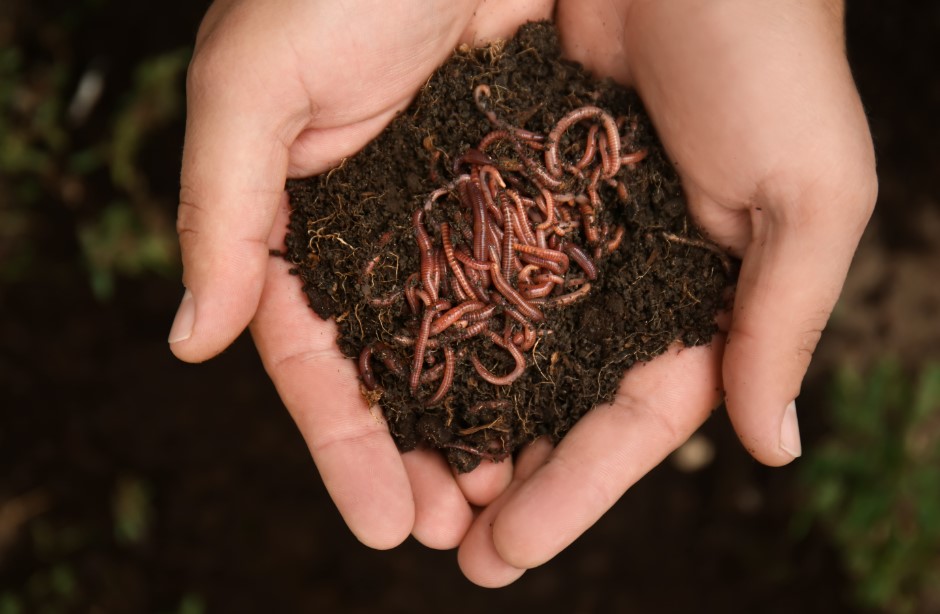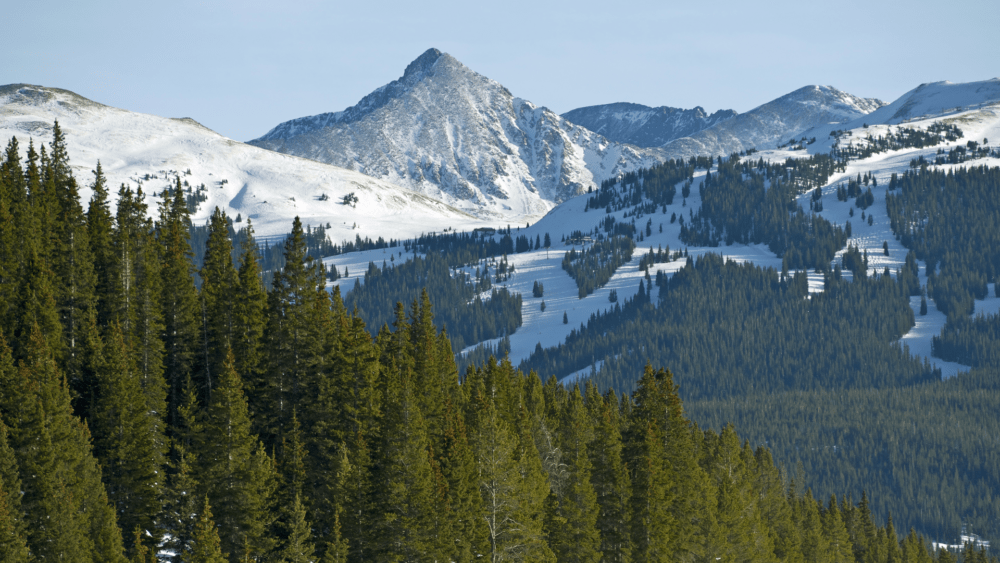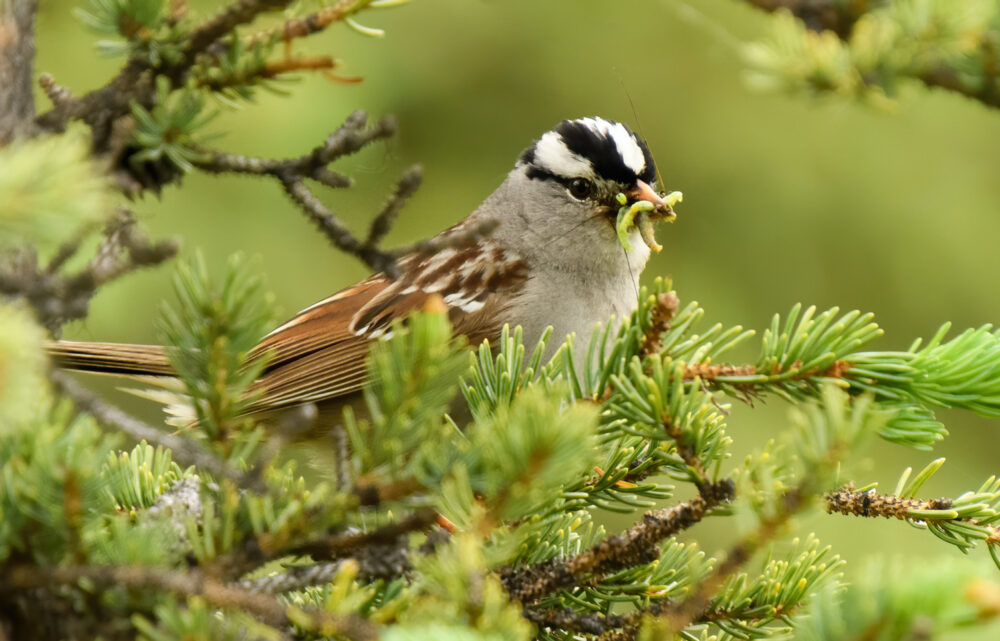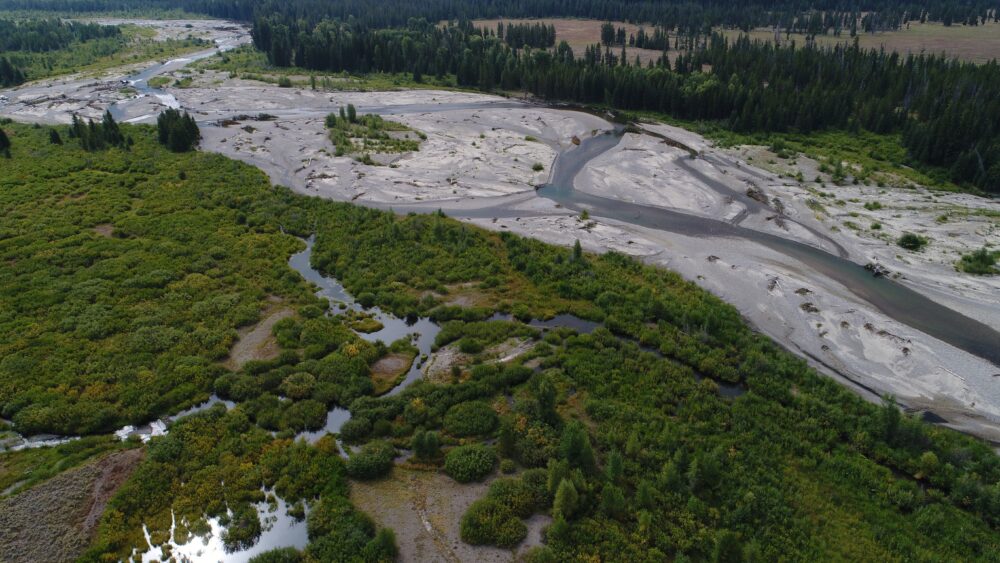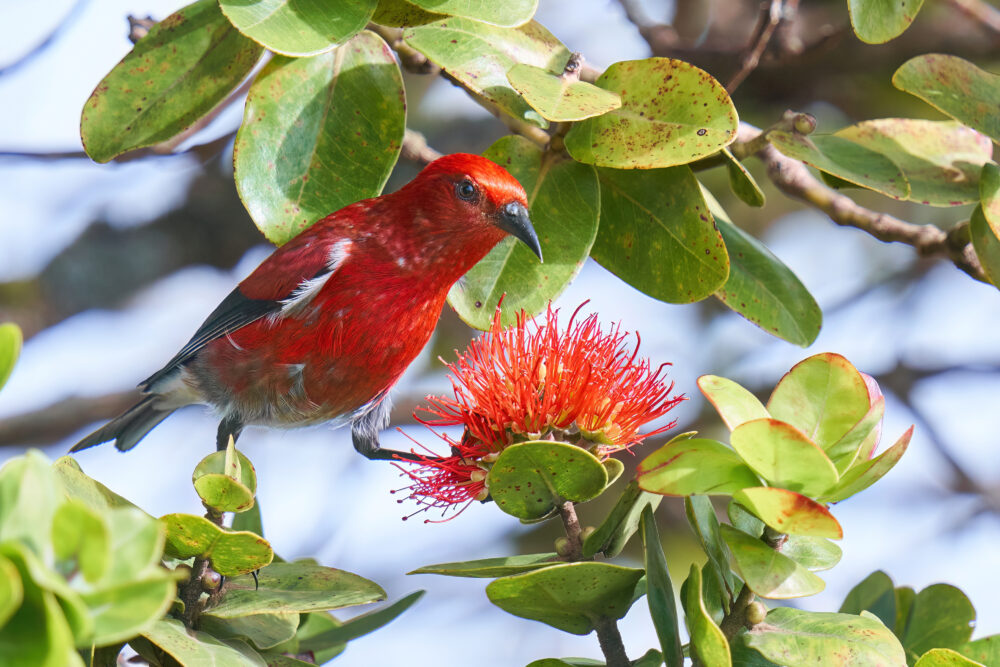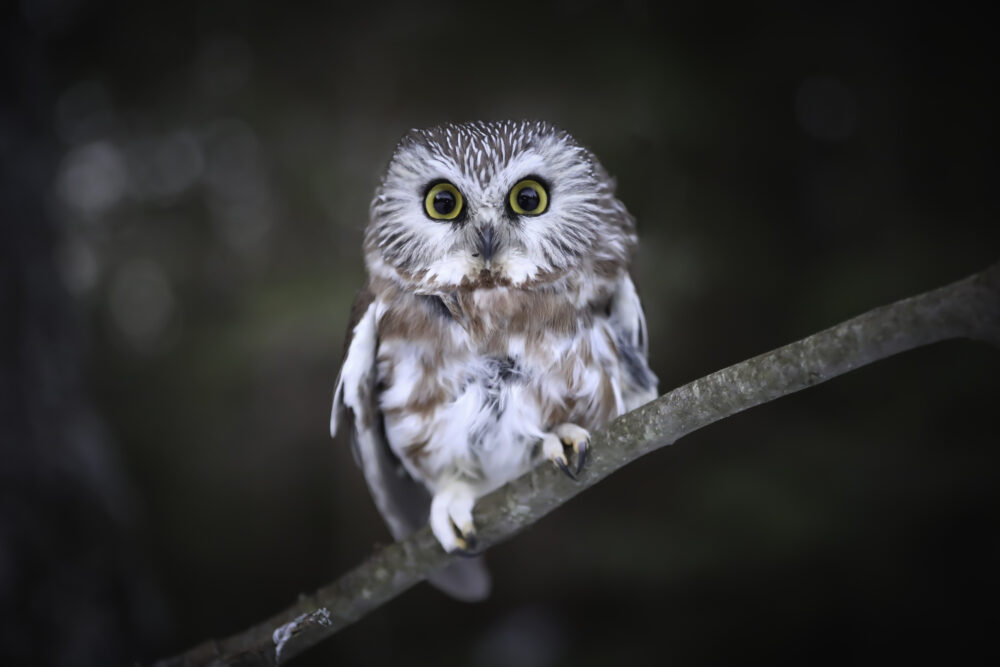We have much more to do and your continued support is needed now more than ever.
Biologists Study Impact of BP Oil Disaster On Loons
Just over a year ago, I held a “charismatic megavertebrate” on my lap. As a participant on a research project in the Gulf of Mexico just off the coast of Louisiana, I had tucked the common loon’s head under my left arm, secured its feet with my right hand, and held its body gently but firmly against mine as the boat we rode on raced back to shore. There, in an improvised lab under a bar on stilts, biologist Jim Paruk, who had just netted the bird, would quickly weigh, measure, band and assess the loon’s health before releasing it.
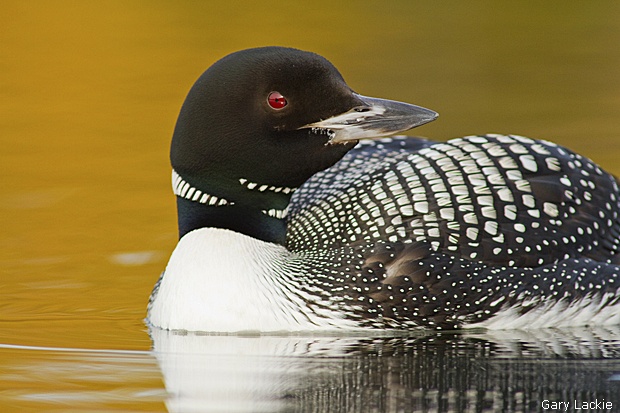
Winter Loon Mysteries
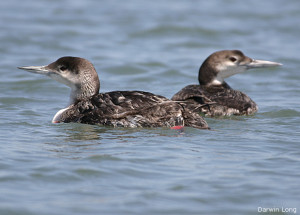
Paruk and his colleagues are trying to uncover the secrets of winter loon biology—at least for birds that winter in and around Louisiana’s Barataria Bay. For the past four years, with funding from the Earthwatch Institute, Snow Family Foundation and BRI, the researchers have been making new discoveries about winter loons’ feeding, migration and other behaviors.
Sadly, their work also is beginning to suggest that loons may have been harmed more by the BP oil disaster than scientists previously realized. Because Barataria Bay was hit hard by the spill, Paruk’s teams have been taking blood samples from the birds they capture, looking specifically for polycyclic aromatic hydrocarbons, or PAHs. The class of hydrocarbons most toxic to wildlife, PAHs cause a range of health problems, including anemia, liver damage, cancer and immunosuppression.
Hydrocarbon Spike
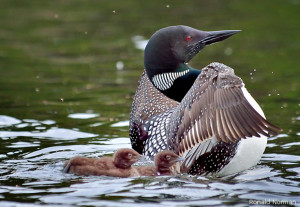
His findings are troubling. That loons had significantly more PAHs in their blood three years after the spill than immediately following it suggests that hydrocarbons may be making their way up the food chain, Paruk says. And unlike his first two years’ results, he adds, “the concentrations we found in 2013 may be high enough to cause physical harm.”
Last month, Paruk wrapped up his fourth field season in the Gulf. In addition to measuring PAH levels, the researchers this year are also analyzing blood for signs of Corexit, the chemical dispersant used to break up the spilled oil. (In Minnesota, scientists have found evidence of Corexit in white pelicans that were in the Gulf during the spill.) In addition, an immunologist will study the samples to see if the birds’ immune systems are damaged.
Where Are the Loons?
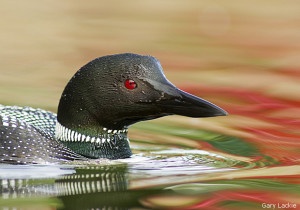
Another possibility, however, is that loons affected by the oil spill may be producing fewer chicks on their northern breeding grounds, so fewer juveniles are showing up during winter. Next summer, Paruk will launch a new project in Canada to assess the status of breeding loons that winter off the Louisiana coast. If he finds signs of trouble, it will not be too surprising. “After all,” Paruk says, “we are still seeing impacts on Alaskan wildlife more than 20 years after the Exxon Valdez.”
Loons are far from the only Gulf species at risk. To mark this week’s fourth anniversary of the April 20th explosion of the Deepwater Horizon oil rig, NWF has released a new report, Four years into the Gulf Oil Disaster: Still Waiting for Restoration, that looks at how 14 wildlife species are faring in the aftermath of the disaster.
![]() Make sure that every penny of BP’s penalties are spent on Gulf research and restoration.
Make sure that every penny of BP’s penalties are spent on Gulf research and restoration.


